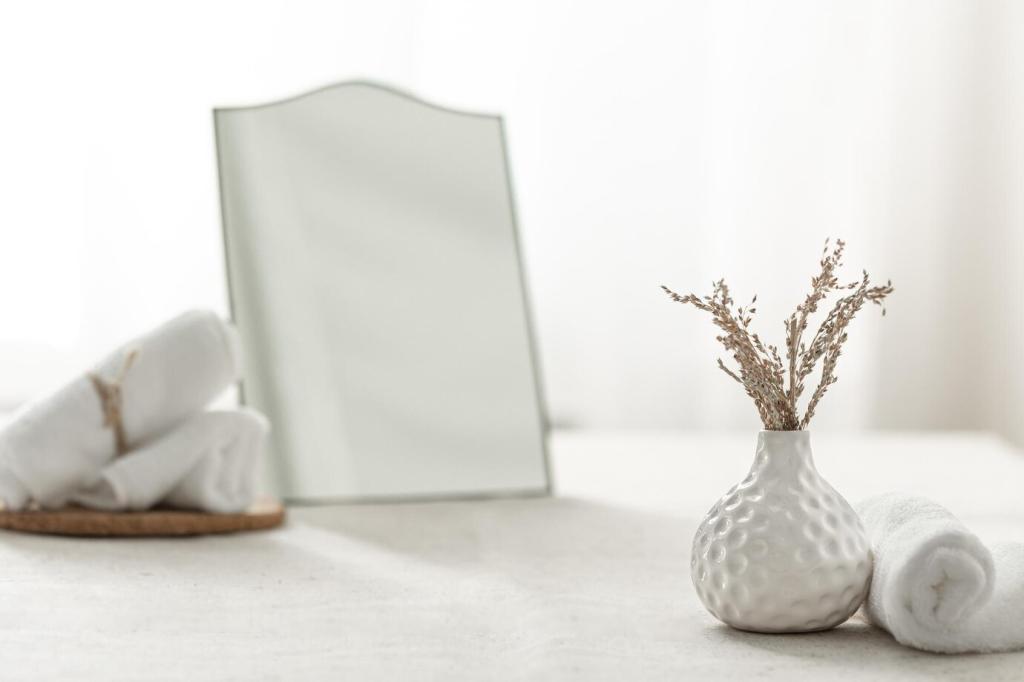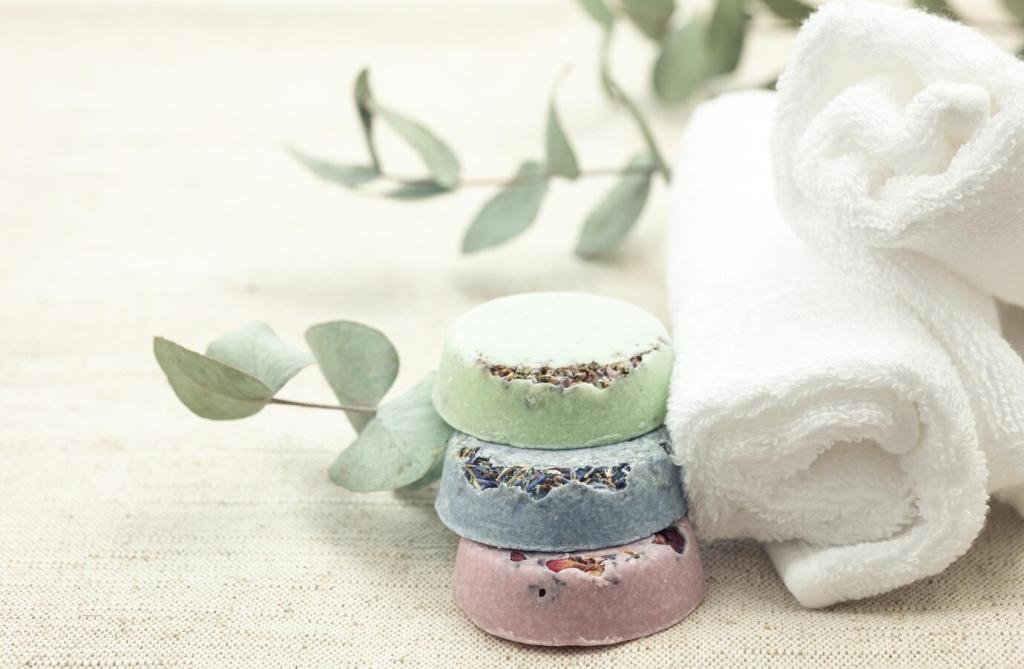Sustainable interior design embraces the principles of environmental responsibility while fostering creativity and innovation. As the world shifts towards a greener future, designers and architects are challenged to seek out materials that offer both aesthetic appeal and ecological benefits. This web page explores the latest advancements in the field, illuminating how innovative materials are transforming interiors into spaces that are both stylish and sustainable.
Emerging Eco-friendly Materials
01
Bio-based composites are revolutionizing sustainable interior design by merging natural fibers such as hemp, flax, or jute with eco-friendly resins. This combination creates durable, versatile panels and surfaces perfect for walls, ceilings, and furniture. Not only do these composites reduce dependence on nonrenewable resources, but they also offer lightweight yet resilient solutions that can be customized to fit diverse design needs. Their unique textures and colors introduce organic aesthetics into interiors while ensuring a reduced environmental footprint.
02
The reinvention of recycled plastics into high-quality interior finishes marks a remarkable stride in sustainable material innovation. Through advanced sorting and processing techniques, post-consumer plastics are transformed into attractive tiles, surfaces, or even structural elements. This method diverts waste from landfills and oceans, allowing designers to contribute positively to environmental cleanup efforts. Modern recycled plastic materials can mimic the appearance of glass, stone, or even wood, making it possible to achieve luxury design without depleting natural resources.
03
Algae-based materials represent a futuristic direction in sustainable interior design. By harnessing the rapid growth rate and oxygen-producing capabilities of algae, researchers have created paints, foams, and textiles that are biodegradable and carbon-negative. These materials are gaining popularity for their ability to regulate humidity, purify indoor air, and introduce unique natural hues. The use of algae in interiors demonstrates how nature-inspired innovation can solve ecological problems while delivering functional beauty.
Advancements in Circular Design
Upcycled furnishings breathe new life into discarded objects by transforming them into stylish and functional pieces. Creative designers seek out old doors, factory remnants, or obsolete machinery to craft bespoke furniture that tells a story. These unique creations not only preserve history but also prevent waste, reducing the need for new raw materials. Upcycling challenges conventions, resulting in interiors that are visually intriguing while demonstrating a commitment to sustainability.

High-Performance Natural Materials
Engineered Bamboo Surfaces
Bamboo is celebrated for its rapid growth and renewability, making it an ideal candidate for eco-conscious interiors. Recent innovations in processing have led to engineered bamboo surfaces that rival the strength and versatility of hardwoods. These materials are used for flooring, cabinetry, and decorative panels, offering exceptional durability and a warm, natural aesthetic. Engineered bamboo’s ability to resist moisture and pests adds to its appeal, enabling it to outperform traditional wood in various applications.
Cork Innovations
Cork has long been valued for its elasticity and sound absorption properties. Modern cork products, however, push the boundaries of what this natural material can achieve. Through advanced manufacturing techniques, cork is now available in forms like wall tiles, textiles, and even furniture upholstery. Its inherent antimicrobial and hypoallergenic properties make it a preferred choice for healthy indoor environments. By utilizing bark harvested without harming trees, cork remains one of the most sustainable materials available for interior applications.
Stone Paper Applications
Stone paper, composed primarily of calcium carbonate with minimal resin binders, introduces a new dimension to interior finishes. Unlike traditional paper or wall coverings that require wood pulp, stone paper relies on abundant minerals and produces almost no waste during manufacture. Its water-resistance and tear-resistance make it ideal for bathrooms, kitchens, or high-traffic areas. These attributes allow designers to incorporate an elegant, eco-friendly surface that is both functional and visually appealing.

Recycled Felt Panels
Recycled felt acoustic panels exemplify the intersection of performance and sustainability. Produced from post-consumer plastic bottles or reclaimed fabrics, these panels are engineered to absorb sound while minimizing waste. Their lightweight nature, versatile design options, and custom shapes make them suitable for offices, classrooms, and home environments. Recycled felt panels transform auditory experiences, providing tranquility while highlighting a tangible commitment to resource conservation.

Mycelium-Based Acoustic Tiles
Mycelium, the root structure of fungi, offers an extraordinary biodegradable solution for acoustic insulation. Through controlled growth on agricultural waste, mycelium is shaped into durable, lightweight tiles with remarkable sound-absorbing properties. These tiles can be composted at the end of their life, leaving no toxic residues. The natural, organic appearance of mycelium tiles introduces subtle textures to spaces, proving that technical performance and environmental innovation can seamlessly coexist.

Wool-Based Soundproofing
Wool, a renewable and naturally fire-retardant material, is gaining popularity for its effective acoustic management. Acoustic products crafted from wool fibers offer superb insulation qualities, promoting calm environments in busy interiors. Unlike synthetic alternatives, wool repels dust and allergens, contributing to healthier air quality. These acoustic solutions are also biodegradable, ensuring that sustainability is maintained from fabrication to end-of-life.

Smart Sustainable Surfaces
Solar active glass represents a breakthrough in energy-generating surfaces for interiors. This glass is embedded with photovoltaic cells that convert sunlight into electricity, enabling windows, partitions, or even decorative features to produce clean energy. The use of solar glass reduces reliance on nonrenewable power sources and enhances the building’s overall energy efficiency. Its clarity and modern appearance make it a sought-after choice in both residential and commercial projects aiming for net-zero energy consumption.
Plant-Based Paints
Plant-based paints are formulated using oils, mineral pigments, and natural binders, making them a safe, renewable alternative to conventional paints. Their low VOC content significantly improves indoor air quality while providing vibrant, durable color. Plant-based paints are ideal for sensitive environments, such as nurseries, hospitals, or eco-residences, and offer a broad palette of earthy, natural hues. Their growing popularity reflects a heightened awareness of health and environmental protection in design choices.
Clay and Lime Plasters
Clay and lime plasters have been reimagined for the modern era, offering breathability, mold resistance, and natural humidity regulation. These materials produce a soft, matte finish that complements a wide range of aesthetics, from rustic to minimalist contemporary. Both clay and lime are abundant, require little energy to process, and can be locally sourced in many regions. Their application promotes healthier indoor environments, making them an enduring favorite in sustainable interior design.
Recycled Content Finishes
Finishes containing recycled content exemplify the principle of reducing waste and utilizing materials already in circulation. These may include recycled metal flakes, glass particles, or repurposed wood fibers added to paints, stains, and sealants. By choosing finishes with recycled content, designers not only lower the embodied energy of the space but also create surfaces that are visually striking and rich in character. Such finishes serve as a testament to the creative potential of sustainable solutions.
Healthy Indoor Air Innovations

Photocatalytic Surfaces
Photocatalytic surfaces are engineered to break down airborne pollutants and odors when exposed to light. Using non-toxic catalysts like titanium dioxide, these materials initiate chemical reactions that neutralize volatile organic compounds, bacteria, and even some allergens. Walls, ceilings, and even textiles can be treated with photocatalytic finishes, offering continuous air purification. This technology enables designers to create interiors where the very surfaces work to maintain healthy, breathable air.

Activated Carbon Products
Activated carbon has found new applications in sustainable interior materials, owing to its ability to adsorb harmful substances from the air. Incorporated into wall panels, furniture, carpets, and even air filters, activated carbon helps trap chemicals, odors, and fine particles. Its use is particularly valuable in urban environments or buildings with limited ventilation. By quietly improving air quality, activated carbon products contribute to healthier, more enjoyable living and working spaces.

Humidity-Regulating Plasters
Innovative plasters that regulate humidity are made from naturally absorbent minerals and plant fibers. These plasters can absorb excess moisture during humid conditions and release it when air becomes dry, helping to stabilize indoor air quality. This regulation reduces the risk of mold, enhances comfort, and supports respiratory health. Humidity-regulating plasters are increasingly chosen for sustainable builds that prioritize occupant wellness alongside environmental considerations.
